By Nachliel Selavan, AKA The Museum Guy
Whether you want to prepare for Tisha b’Av, visit the museum during Tisha b’Av, or go after, The Israel Museum and the Bible Lands Museum in Jerusalem house so much relating to the destruction of the First and Second Temples, the Bar Kokhva Revolt and more.
Both museums are open on Tisha B’Av.
When you come to the museum, grab a map and plan your trip. A museum can be an exciting place, if well prepared, and can also be off-putting and boring for kids if you just wander around unsure about what it is you are looking for, or looking at.
The Israel Museum
The Israel Museum has three departments that are most relevant to the topic of Tisha b’Av, as well as a few gems scattered throughout the museum.
- The Archaeology Wing MAP
- Jewish Art and Life MAP
- Second Temple Model + The Shrine of the Book MAP
- Glass, painting, sculptures, special exhibitions and more.
First Temple
The museum map lists two areas relevant to First Temple, and that’s where you’ll find Israel and the Bible, and Early Hebrew Writing (small round room).
Israel and the Bible
The focus in this area of the exhibit is on The Kingdoms of Israel and Judah, and their respective destruction by Assyria and Babylon.
Look out for two thing in the niche, that focuses on royal administration.
- Bullae (seal impressions) of administrators from the Kingdom of Judah. To the left. Some of the names include people who were instrumental in the story of the destruction: Gemaryahu ben Shafan, Yehukhal ben Selemyahu, and others.
- The Samaria Ivories To the right. The ivories represent power and prestige, and these ivories were found in the destroyed palace of Shomron, Israel’s capital. Look for the burning marks on some of them.

Israel and the Bible
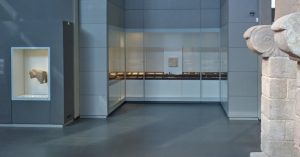
The Samaria Ivories
Early Hebrew Writing
The small round room about the Early Hebrew Alphabet focuses on writing and administration during the First Temple period. Look out for:
- Bullae and seals Examples of royal administration. You will also find very rare clay seals with string, and papyrus, which demonstrate how letters were written.
- Lachish Letter IV: In Jeremiah 34:7 the cities of Lachish and Azekah are mentioned as the last fortified cities to fall, before Jerusalem.
Second Temple and Beyond
In the archeological wing, you will find a display of Herodian art, such as murals from and his tomb from Herodium. You will also see remnants from the Temple.
The Destruction
There is lots to see in the Israel Museum’s galleries relating to the destruction of the Second Temple, coins and artifacts, as well as Hadrian’s statue.
Israel Museum Highlights
The statue of Hadrian
Hadrian has been moved upstairs to the third floor. It is the centrepiece of an exhibition called Crafted by Bees. It’s about the vanishing wax technique, with sculptures of Hadrian made by bees.
The Lost masterpiece
In 1625, the French master Nicolas Poussin painted a masterpiece. It tells the story of the destruction of Jerusalem, with exquisite detail. Poussin lived in Rome, and would have seen the Arch of Titus, and he knew his Roman history and archaeology. But – the painting went missing for about 350 years. It is now in the museum (sadly it was removed because of the war).
The late Rabbi Dr. Jonathan Sacks TZ’L wrote a wonderful piece on The Lost Masterpiece
The Bible Lands Museum
The Bible Lands Museum is directly across from the Israel Museum. It has a monument called “Tower of Babylon” to the right of the entrance (you should be able to spot it!)
The most relevant exhibits for Tisha B’Av are:
- The Model of Jerusalem
- The Model of Babylon
- Jerusalem in Babylon Exhibition (bottom floor)
- Kuma – The Art of Eitan Rosenswig z”l (left of main floor)
The Bible Lands Museum, as its name suggests, deals mostly with First Temple period. But it also extends to later period in the same areas. For example: The Hellenistic kingdoms which encompassed Judea; the Greek culture; the Roman and Byzantine Empires in Judea; the Sassanian Persians in Babylon. It has several scale models of capital cities and monuments from antiquity, e.g. the pyramids of Giza, the Ziggurats or Ur, the banquet hall of Shushan, Jerusalem, Babylon, and more.
Grab a map!
Before you do anything, grab a map, study it, and highlight what you would like to see. This will allow for spontaneity, while sticking to a plan.
Study the introductory gallery, beginning at the bottom of the stairs on the main floor. This includes the map, and a timeline of events, directly across it. This map will anchor you in the locations.
First Temple Jerusalem (Room 14)
Jerusalem at its height, before the destruction. Here you will find a scale model of Jerusalem.
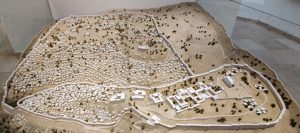
Scale model of Jerusalem
Assyria and Babylon (Room 15)
- Signs of Destruction. Fragment of a relief from the palace of Sennacherib, that has burning marks on it. This is from when Nebuchadnezzar’s army attacked and burned Nineveh to the ground.
- The Ishtar Gate. On the model of Babylon is the royal procession way, which our ancestors would have walked on as they were paraded into Babylon as prisoners from Judea. According to some of the ancient Greek travelers, this gate was considered one of the wonders of the ancient world.
- Small images of Babylonian deities.
Jerusalem in Babylon (bottom floor)
Jerusalem in Babylon is a small room which hold amazing treasures. The original exhibition was much larger, and this smaller version of it tells the fascinating story of the Jewish community that lived in Babylon and rebuilt. It also talks about the return to Zion as a symbol of hope used by the modern Zionist movement.
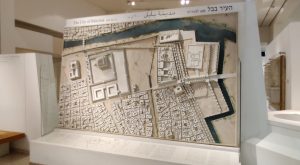
Model of Babylon
Kuma! (main floor)
This temporary exhibition displays the masterpiece of Eitan Rosensweig z”l. A talented artist, and fallen soldier, who fell in Gaza in the beginning of the war. His artwork tells the ongoing story of the Jewish people.
This blog is an edited version of a longer article by Nachliel Selavan, AKA, The Museum Guy and is reproduced with his permission. You can read the full version, here.
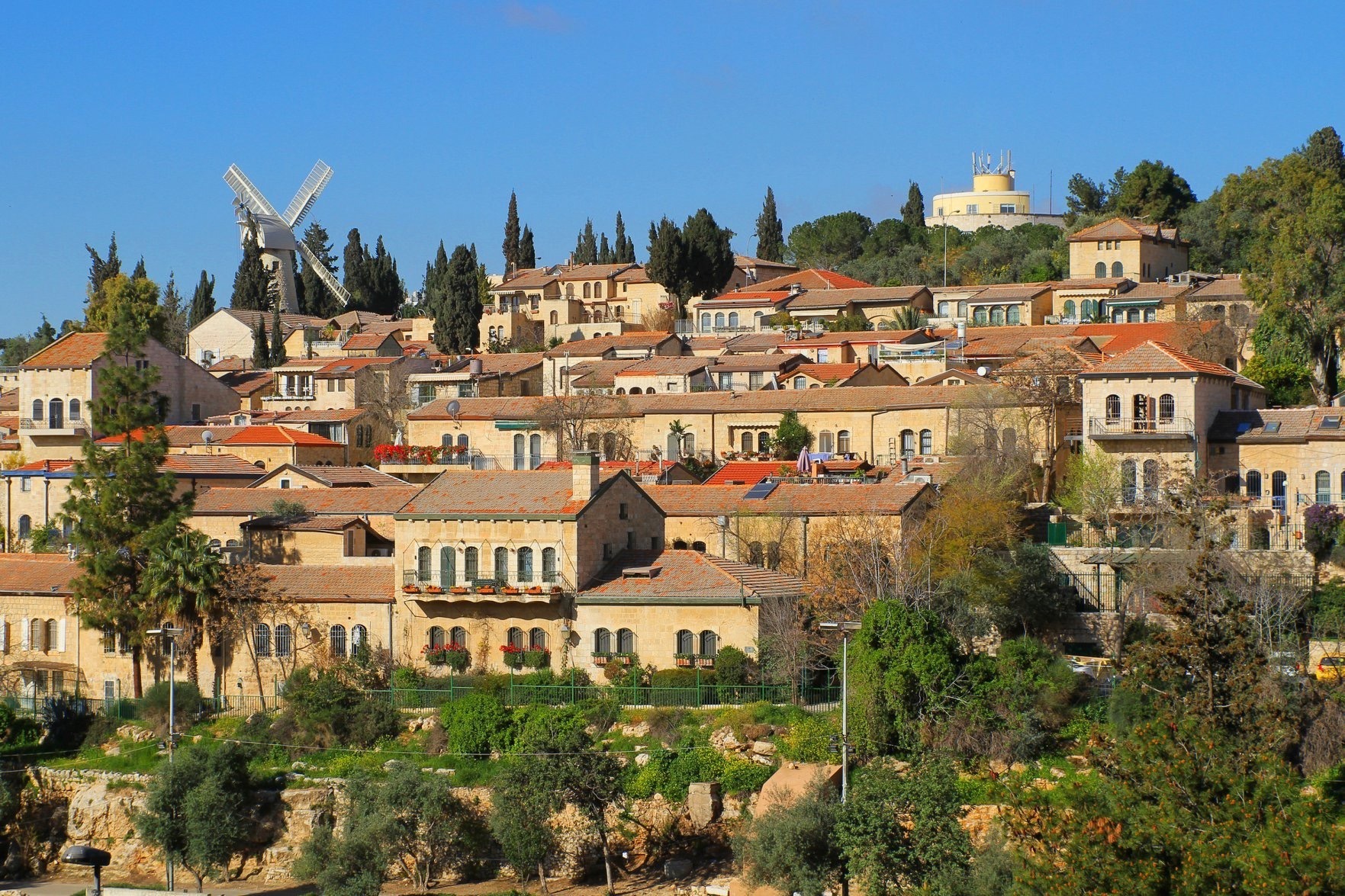


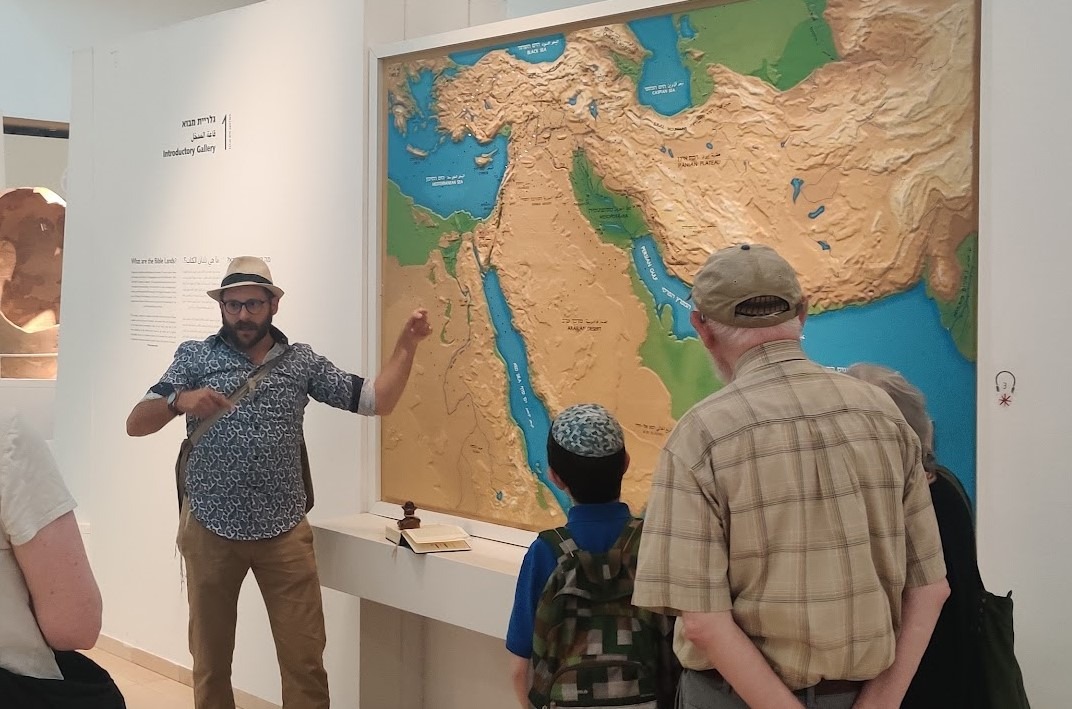



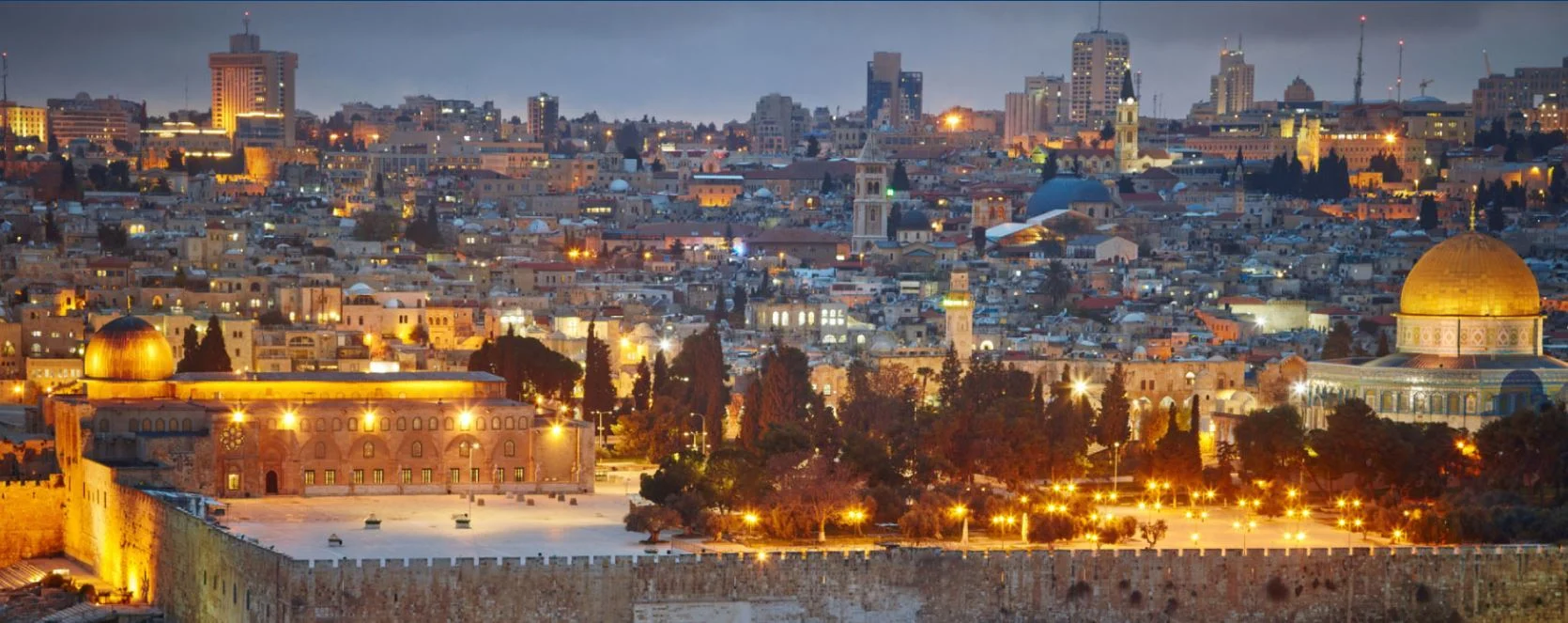
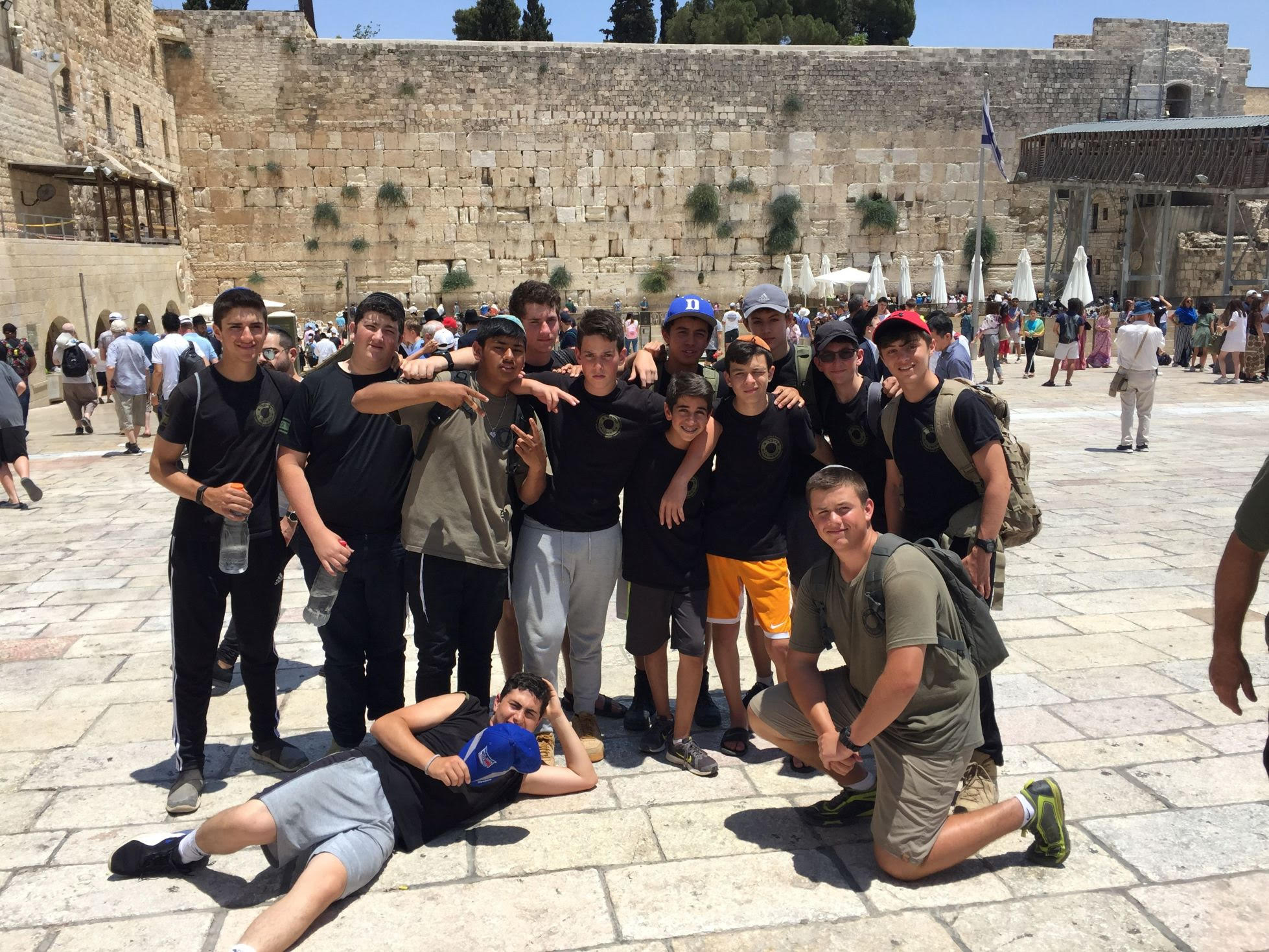

I will try to visit both the Israeli museum and the Bible Land museum on Tisha B’Av
Great idea